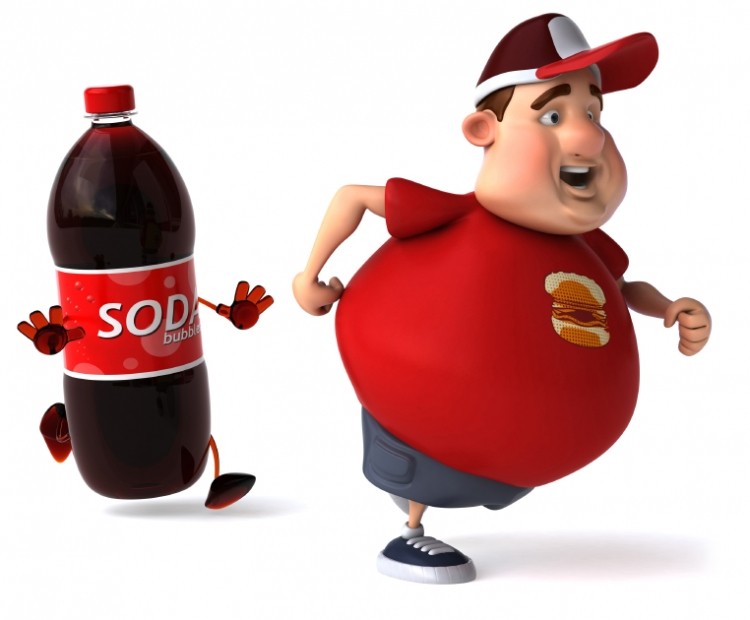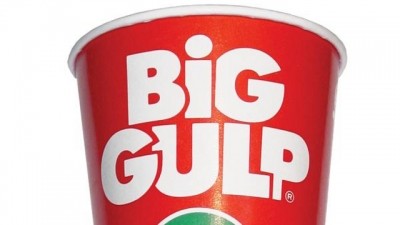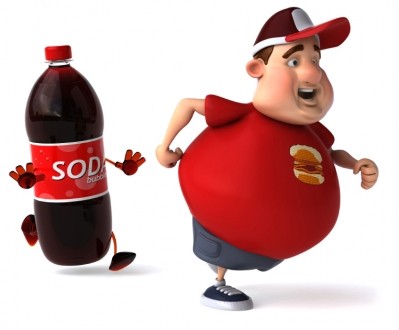A recent Museum of Food and Drink round table debated the merits and shortfalls of the large soda ban.
Delving into Bloomberg’s proposed cap on super-size soda

The debate—which involved voices from the libertarian, anti-poverty, economic and public health communities—touched on everything from the role of consumer choice and personal responsibility to beverage marketing and the need for a new “normal” in portion sizes, to whether the proposal itself was a logical step toward solving the obesity problem or a misstep by a heavy-handed “nanny state”.
Morality and politics
In his opening remarks, Nicholas Freudenberg, faculty director of the NYC Food Policy Center at Hunter College, discussed the dual roles of morality and politics in the debate.
“Evidence suggests that by itself health education does little to change behavior,” Freudenberg said. “It’s necessary but not sufficient to reduce consumption. The good news is, we have many options. The important question is which approaches work best under what circumstances. It would be tragic if five years from now, we were still lacking evidence to choose the best mix of policies.”
And yet, moral arguments creep in on both sides. “Opponents of the portion size limit raised the specter of a ‘nanny state’ imposing government involvement in food policy—that Nanny Bloomberg is taking away our right to drink as much as we want … depriving individuals of choice and encroaching on our democracy. Supporters of public policy could turn this argument around and say that “Nanny Coke” is trying to persuade children to consume products known to lead to preventable illness and premature death.”
Inevitably, as corporations have gained political clout over the past few decades, while community organizations and the labor movement lost power, politics play a role in the debate as well. “Political reforms are needed to level playing field, in which health concerns are not trumped by political concerns,” Freudenberg added.
Parke Wilde, associate professor, Friedman School of Nutrition Science and Policy, Tufts University, proclaimed that as both a card-carrying economist and a professor of nutrition, he faces the challenge of loving both free markets and nutrition. "Why do I have to choose?" he cried, with a laugh. Unlike many economists, he isn’t opposed to the proposal to limit portion sizes of soda, nor to the experimentation with different policies at the municipal and state levels.
“The reason why I, in contrast to many economists, don’t object much to this proposal and why I like experimentation by NYC health officials is a lot of these policies already reflect a sense of balance. These are not really policies that reflect nanny state run amok. They’re experiments with different things that haven’t been tried nationally that ought to be experimented with at a state and local level in order to see how effective they are.”
It’s about consumer choice and maximizing personal responsibility
Justin Wilson, senior research analyst at the libertarian Center for Consumer Freedom, says he’s increasingly skeptical of the role of government in public health, as it’s shifted away from protecting us against the unknown toward “protecting us from ourselves,” he said.
“I’m skeptical of idea that because I might contribute to small increase in insurance prices for someone down the line, you should be able to regulate my everyday life,” Wilson said. “This goes from clear to microcosmic examples like enjoying a soda.”
Instead, government involvement should be limited to “policies that maximize personal responsibility without infringing on consumers’ rights” (i.e., building parks close to residences to promote exercise, etc).
Vilification of one product distracts from larger, more complex debate on obesity and poverty
Joel Berg, executive director, New York City Coalition Against Hunger, raised classist concerns with regard to the soda ban—given that much of the proposal started with an attempt to prevent those on food stamps from buying soda. He noted that targeting one food as the source of the obesity problem distracts from a need for widespread societal change.
“There’s no question that obesity and hunger are flip sides of the same malnutrition coin,” he said.
"I think we do a disservice when we focus on one product. It’s distracting us from the fact that obesity has complex environmental, physiological sociological, cultural and emotional causes and needs a complex, multifaceted response. Making healthier food more available and convenient to people at all income levels would dramatically reduce obesity."

The problem is the marketing of super-size sodas as the norm
Lisa Young, adjunct professor, Department of Nutrition, Food Studies, and Public Health, New York University, said that as obesity rates have risen parallel to the growing size of sodas, labeling alone won’t solve the problem. Consumers need an environment that encourages healthier choices.
“Even after teaching consumers to mindfulness of portion sizes, when you give people bigger sizes, they will still consume more. We have all sorts of data on this. We’ve got a society working against us, particularly with heavy ad campaigns on the part of the food industry—which ultimately seek to profit. The only way to have healthier Americans is to have an environment that promotes healthy choice. And the healthy choice has to be easy.”
But Berger argued against the inherent "moralism" of restricting size. "A better strategy would be requiring smaller portions instead of limiting larger. That way, people would still have choice,” he said.
Wilson also argued that a central part of this debate is that the choices we make in our private lives affect the world around us, which (wrongly, as he notes) gives the government license to control what people do.
“We have obesity-related healthcare costs exceeding $190 billion in this country,”Young replied. “So we do have a situation where what we do in private does affect what happens in public.”
Why target soda?
Things got even more heated when the discussion turned to the “human” element of pleasure, which is ostensibly the whole reason for consuming soda in the first place. But it begs the question: Why soda, when there are countless other “sinful” foods to target?
“People were asking earlier about what makes soda different from potato chips or a cookie, for example,” said Wilde. “Soda is a newer product in human consumption. People didn’t have access to large amounts of sugary beverages until recently. When it comes to sugar, although some people still say the science isn’t sure, the concern about simple carbohydrates is likely here to stay. It’s different from trans fats, for example. It doesn’t seem as esoteric or strange to focus on. Not to demonize one product, but if you wanted to make a list of leading concerns in the fight against obesity, this would be high on the list.”
Given that large sugary beverages are typically consumed in addition to a whole meal (that is arguably too big of a portion as well), perhaps starting by downsizing one could lead to a normalization of other foods, Young noted.
“I see it as a start with soda,” she added. “There could be positive unintended consequences. It’s about returning scale. I agree that as a society we need better access to more affordable food along with less food waste. With big portions, you either finish or waste them. And I don’t see bigger portions as win-win in either case, especially when it’s bigger portions of junk food that we’re talking about.”











